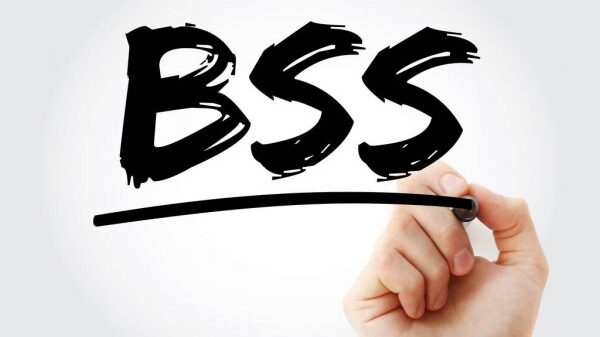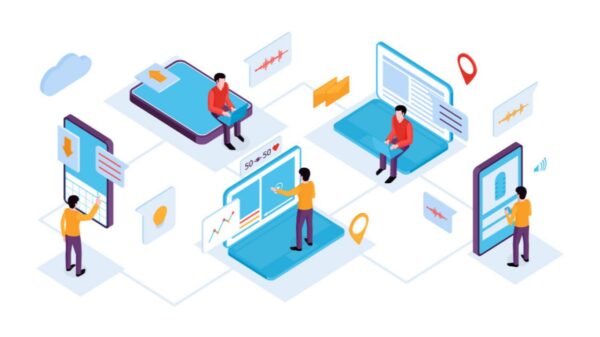Equity is a process in education to reforming procedures, policies, or practices at the district or school level. This process supports academic inclusion or fairness or ensures that all students have resources, supports, interventions or teachers, or any help they need to succeed in their study. There are two different terms are using in education equity or equality. Both terms are looking the same. They are not identical to each other. Equality term is that it is providing all students same supports or opportunities. But the equity is providing specific support or resources to all those students that are disadvantaged. Either they belong to more impoverished families, but with equity terms, they can get opportunities in their education just like other students who already have the best educational opportunities.
Why is equity so significant?
If students don’t see the inequality directs effects in education, it not means that they remain unaffected from the inequity impacts. Students achieving or getting equity is not so simple. However, equity having essential effects on the prosperity or strength of national, state, or local economies.
- Equity increases the economic advantages for society
- It saves many dollars in assistance public programs
- It also reduces the crime rates
Moreover, in education, promoting the term equity is all about justice. So the educators or teachers make sure that all students are getting the equal support they need to be successful. Inequality in achievement, learning and opportunity are interconnected, but these all are different issues. So by understanding these differences, we can know in a better way the importance of equity in education.
- Opportunity gaps are those differences in access or distribution of circumstances or resources to support education.
- Learning gaps: these are the differences between students’ academic performance relative to each other or a comparison of students at grade or age-level expectations.
- Achievement gaps: there are differences in benefits or results provide by education.
Achievement or learning gaps come at the opportunity gaps result. Or that are linked to various factors. These factors are:
- Socioeconomic difficulties
The students who come from those communities that are economically not strong or have financial issues lack resources; they feel difficulty competing with those students from those financially stable communities. These students’ academic performance or achievements are affected by factors like they don’t have an approach to health care centres. These educational opportunities include tutoring, services of test preparations, preschool study, or don’t have access to top private schools.
- Language problems
The students’ first language is not English; they lack literacy or fluency in this language. In this way are missing many opportunities for their learning. These students are facing many difficulties in their assignments or other homework. Or these can’t compete with those students that have English as their primary language. To resolve this issue, there is an online assignment writing service to help ESL (English as a second language) students; in this way, they can compete with the native students and can achieve success.
- Support in education
The students their parents don’t have high-level education or have low-value education they cant support their children best in their education. That students are also facing problems when they can get assistance or support from their parents.
You may also love to read – Market Your Toiletry Business by Custom Bath Bombs Boxes
The permanent effects of inequity in education
Some permanent effects of opportunity gaps are measurable in education. These impacts are:
- It increases education that is associated with more significant wages or higher job rates.
- Having educational achievement provides a positive relationship with a long or healthier life.
- Students that are not getting an education mostly become part of the criminal system.
Other effects are difficult to measure. Inequity is just a type of discrimination that is linked with some issues related to mental health like depression or anxiety.
Develop more policies of equity
There is a need to promote more policies of equity. Providing equity begins in education with opportunities to understand that schools or students have various conditions or want individualized benefits or resources. However, in a broader term, the education leaders are promoting equity by supporting resources or policies that help education better. They also collect funds that are necessary to these resources or policies in action.
Educational policymakers or leaders are employing different strategies to developing diversity in the classroom:
- Developing comprehensive learning or curricula environments
A curriculum that addresses or recognizes the facts that various students have learning best characteristics, experiences, or needs creates the best learning environment in which students are more engaged or feel more valued.
- Promoting various styles of teaching
All students have different learning styles, changeable aptitudes or communication learning. Teachers can reach these students or satisfy them if they adopt various teaching models or develop better or diverse teaching methods.
- Implementing comprehensive hiring staff
Recruiting of teachers should be diverse or more selective. From different groups or colours, teachers will become a diverse or broad staff. Or this diverse or more expansive staff will contain more considerable cultural competencies or experiences. Or they can become role models for their students or engaged them in their study.
- Providing mixed training
The artistic ability of training, inclusion, equity or diversity programs is present that help improves or enhance teachers’ ability to educate different learners groups. In this way, teachers will provide the best education to students and help or support students in their education.
However, the schools with low income have a greater need for equity and educational resources. But these schools are facing a lot of challenges when they are implementing or developing these resources. Or the schools that are present in those communities facing poverty have a lower tax for funding. So with insufficient funding, they are limits to acquire or implement these resources. So they also can’t retain or attract the best or great teachers. The policies that distribute funds in schools should work from district to district, or most of these policies are not proper.
Educational policymakers, researchers are continuing to create an understanding of the impacts and causes of educational differences. Or they inform that better learning resources or opportunities with proper equity access should promote more resources or strategies. Or first, the cause that should need to solve is to providing equal or adequate funding to all schools. Cultural capabilities or leadership best skills are created, the curriculum programs provide students with an understanding or knowledge of learning and teaching. Or they also need a foundation ethically to address the educational most significant challenges. Moreover, equity is essential for educational systems.




































